项目实战:Python中常见的并发处理问题及解决方案实例
在Python中,常见的并发处理问题包括多线程竞争、I/O密集型任务和进程池管理等。下面我们将针对这些问题提供一些实例解决方案。
- 多线程竞争:
- 问题:多个线程同时执行同一块资源,可能导致数据不一致或死锁。
- 实例:使用锁(如
threading.Lock())来保护共享资源。
import threading# 共享资源count = 0def thread_function(index):global count# 这里是你的逻辑操作count += indexprint(f"Thread {index} increment: {count}")# 创建多个线程并执行threads = []for i in range(5):t = threading.Thread(target=thread_function, args=(i,)))threads.append(t)for thread in threads:thread.start()for thread in threads:thread.join()print(f"Final count: {count}")
- I/O密集型任务:
- 问题:程序执行过程中,大量时间花在等待输入/输出完成。
- 实例:使用Python的
asyncio库实现异步IO操作。
import asyncio# I/O密集型任务def io_intensive_task():# 这里是你的I/O密集型逻辑print("IO intensive task started...")loop = asyncio.get_event_loop()loop.run_until_complete(io_intensive_task())loop.close()print("IO intensive task completed.")
- 进程池管理:
- 问题:使用多线程或多进程,但任务数量远超可用的CPU核心数。
- 实例:使用
concurrent.futures库创建一个进程池来限制并发。
import concurrent.futures# 需要执行的任务列表tasks = [# 这里是你的任务逻辑lambda: print("Task 1 executed..."),# ...添加更多任务...]def process_task(task):task()print(f"Task {task.__name__}} completed.")with concurrent.futures.ProcessPoolExecutor() as executor:future_to_task = {executor.submit(process_task, t)): t for t in tasks}for future in concurrent.futures.as_completed(future_to_task.keys())):task完成,删除任务并打印结果try:task_result = future_to_task[future]del future_to_task[future]print(f"Task {task_result.__name__}} result: {task_result()}")except KeyError:print(f"Task {future_to_task[future]}.__name__} not found in task list.")print("Process Pool Executor completed.")
以上就是Python中常见的并发处理问题及其解决方案实例。根据实际需求,可以灵活选择使用多线程、异步IO或进程池等方式来解决并发问题。


























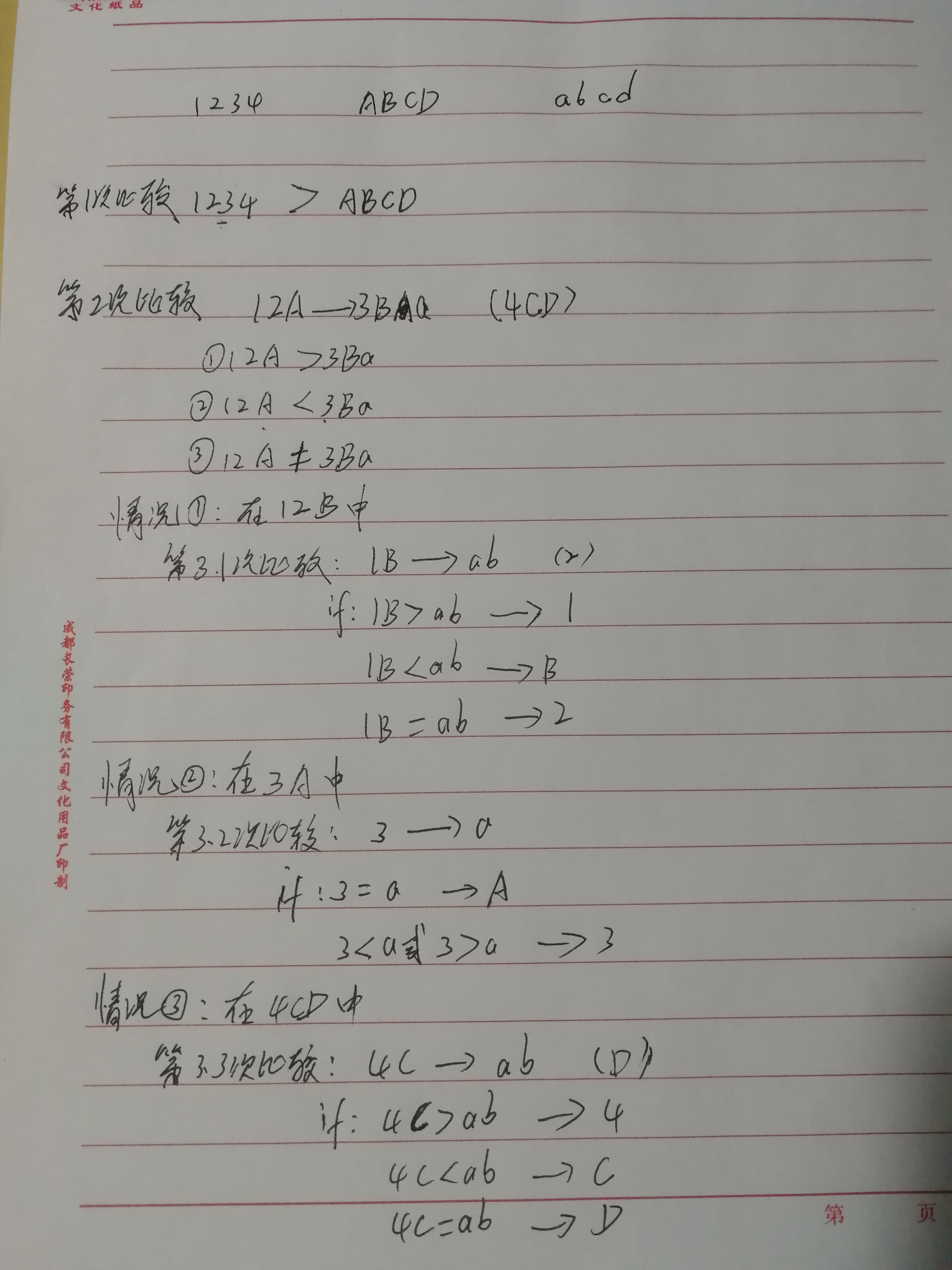
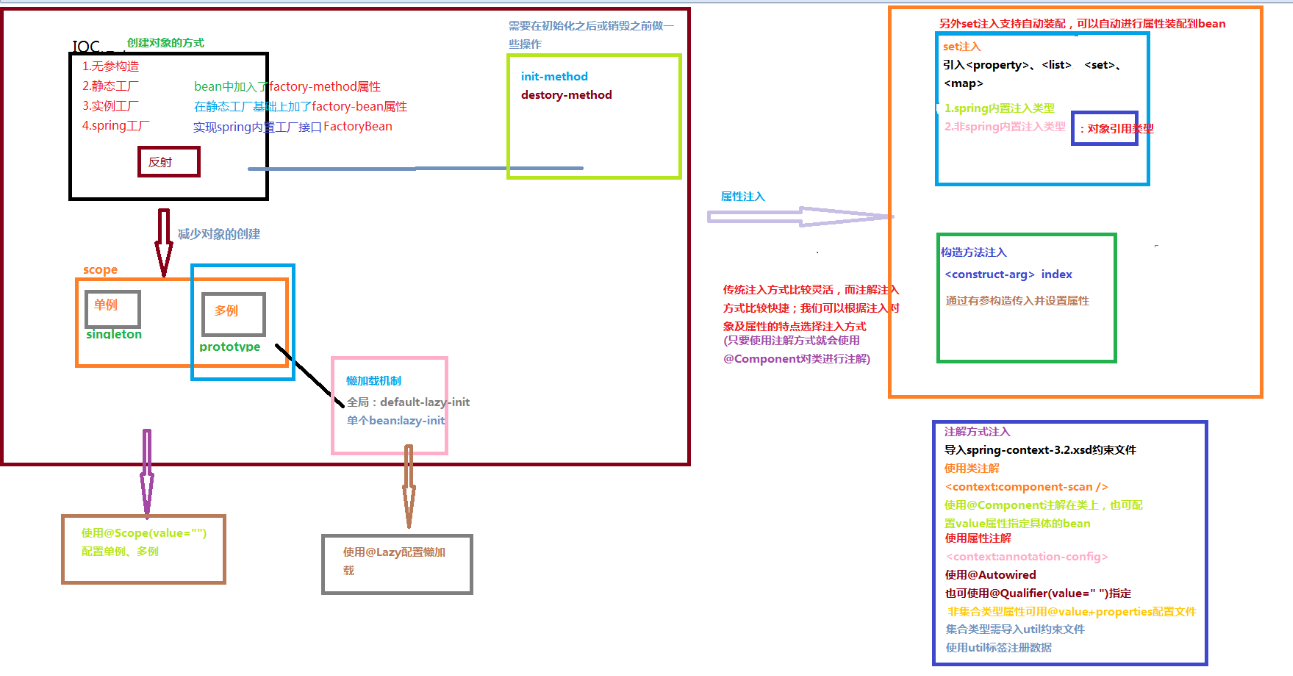
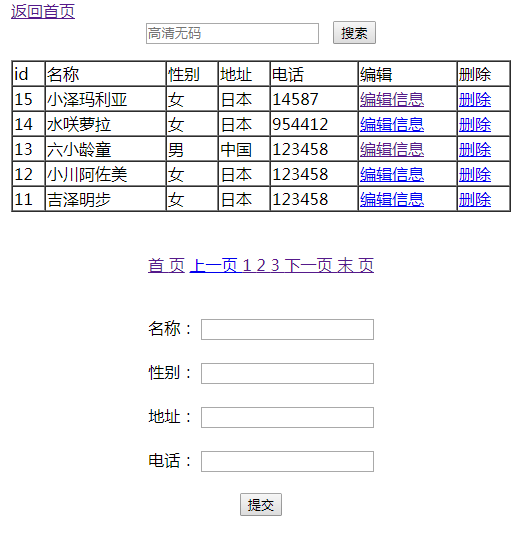
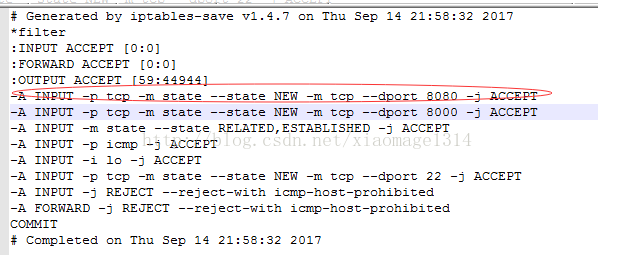
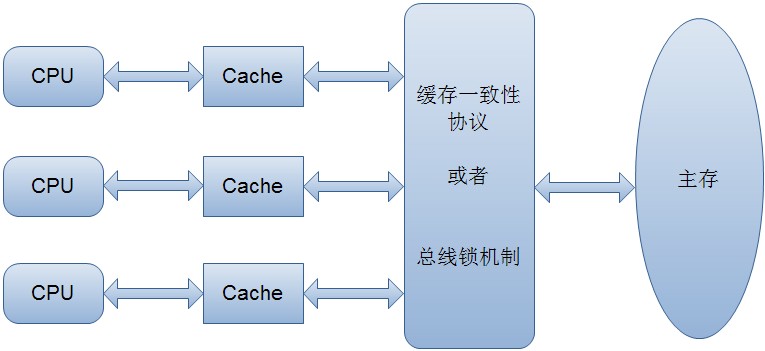
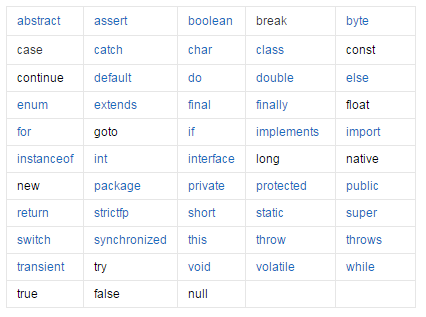



还没有评论,来说两句吧...